Houses of Parliament, London
Start your homage at the Houses of Parliament, centre of the action for many of the most committed suffragettes. It’s a good place to remember Emily Wilding Davison (1879-1913), who gave her life for women’s suffrage when she was killed by the King’s racehorse at Epsom while attempting to pin the suffragette colours to its bridle. Another memorable act of sedition saw her claim parliamentary equality with men by concealing herself in a cupboard off the chapel of the Houses of Parliament so that, in the 1911 census, her address could be officially registered as ‘The House of Commons’. Voice & Vote: Women's Place in Parliament is an exhibition running this summer in the medieval Westminster Hall to trace the history of women in Parliament. Women visiting Parliament could not sit in the public galleries before 1918 and, since the rooms reserved for their use were nicknamed ‘The Ventilator’ and ‘The Cage’, you get the idea of how much their comfort was considered. After 1918, female parliamentarians worked in a room which quickly became known as ‘The Tomb’ – clearly things had only changed on the outside. The exhibition also considers the rather better life of today’s female parliamentarians.
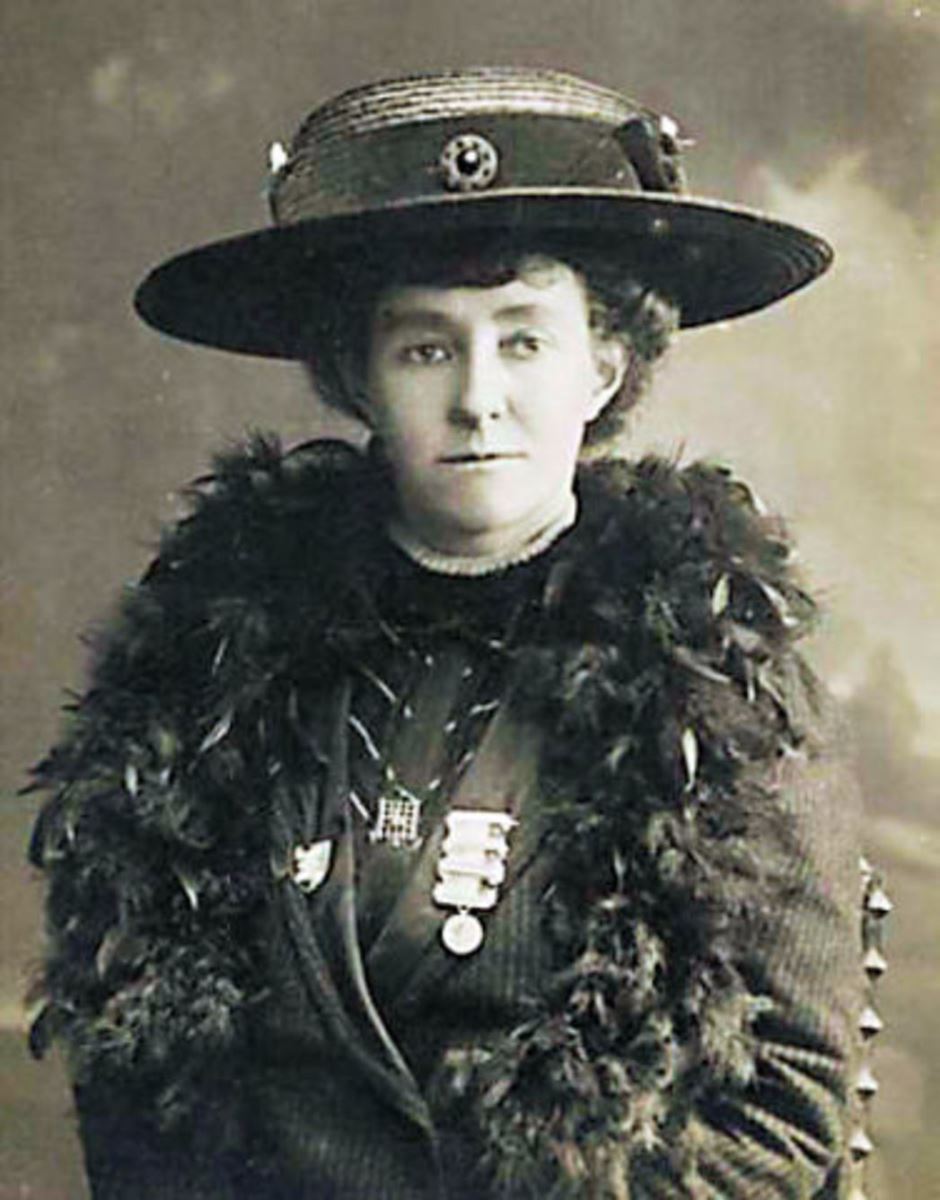
Knebworth House, Hertfordshire
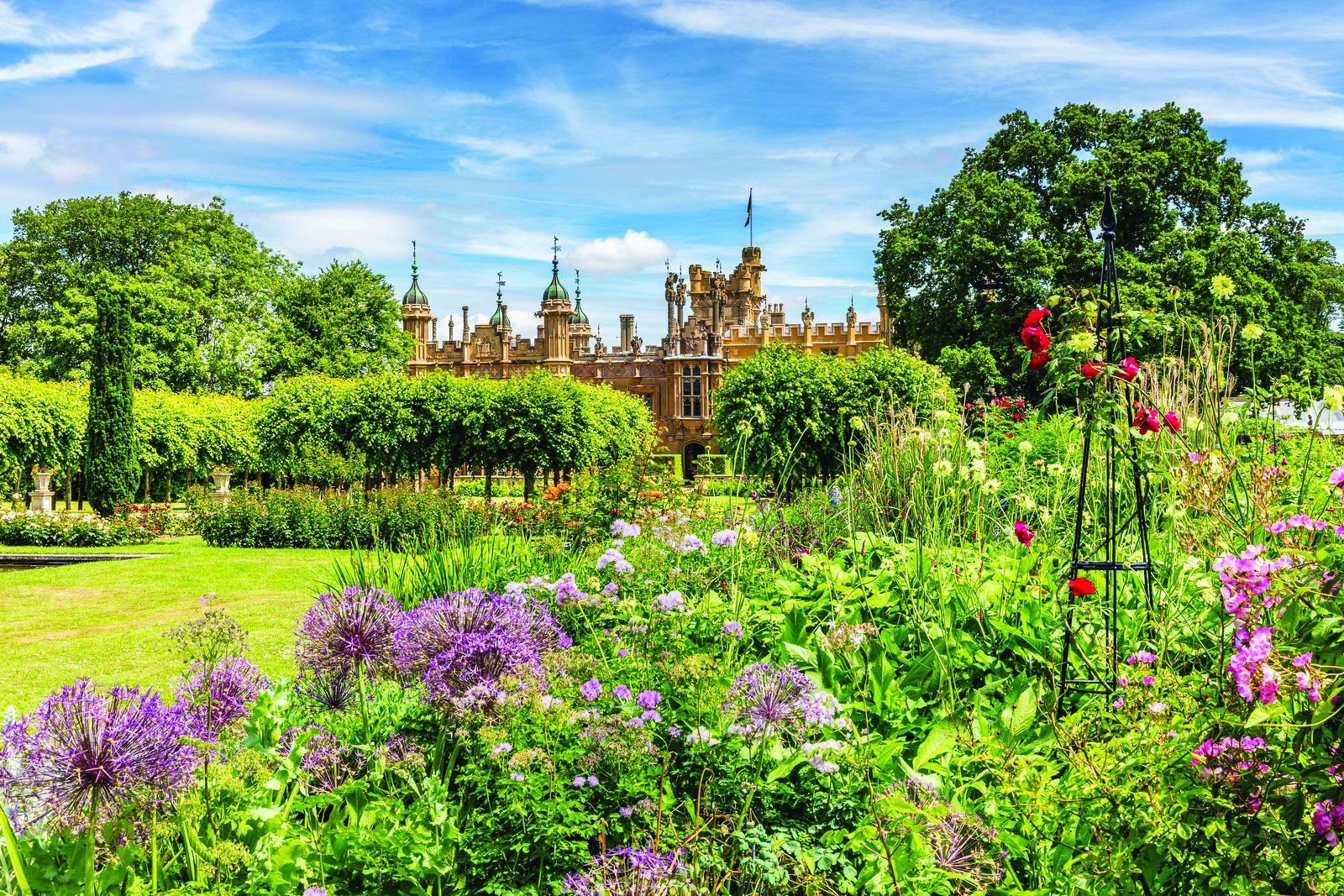
Lady Constance Lytton (1897-1923) was the daughter Robert Bulwer-Lytton, the 1st Earl of Lytton who was Viceroy of India at the time of her birth. The family returned to England and to Knebworth House when Constance was 11. After a period of relative seclusion nursing her mother after the death of her father, she made a donation to the Esperance Club which had been set up to help women who worked in the notoriously exploitative London sewing trade. She was exposed to the ideas of the Women’s Social and Political Union (WSPU) and rapidly became an active supporter of their campaigns. Her most desperate act was to try to gouge a V for ‘Votes for Women’ into the skin over her heart with the pieces of a broken hairpin while in Holloway gaol. She was imprisoned four times; she liked to disguise herself as a working girl to avoid the privilege that would have been accorded to her rank (her brother was in the House of Lords). Using the name, Jane Wharton, she survived force-feeding which probably contributed to her early death at the age of 54. She is buried in the Mausoleum at Knebworth House.
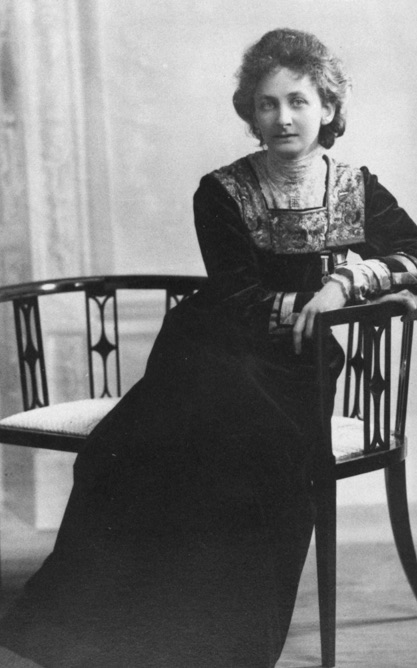
 Castle Howard, Yorkshire
Castle Howard, Yorkshire
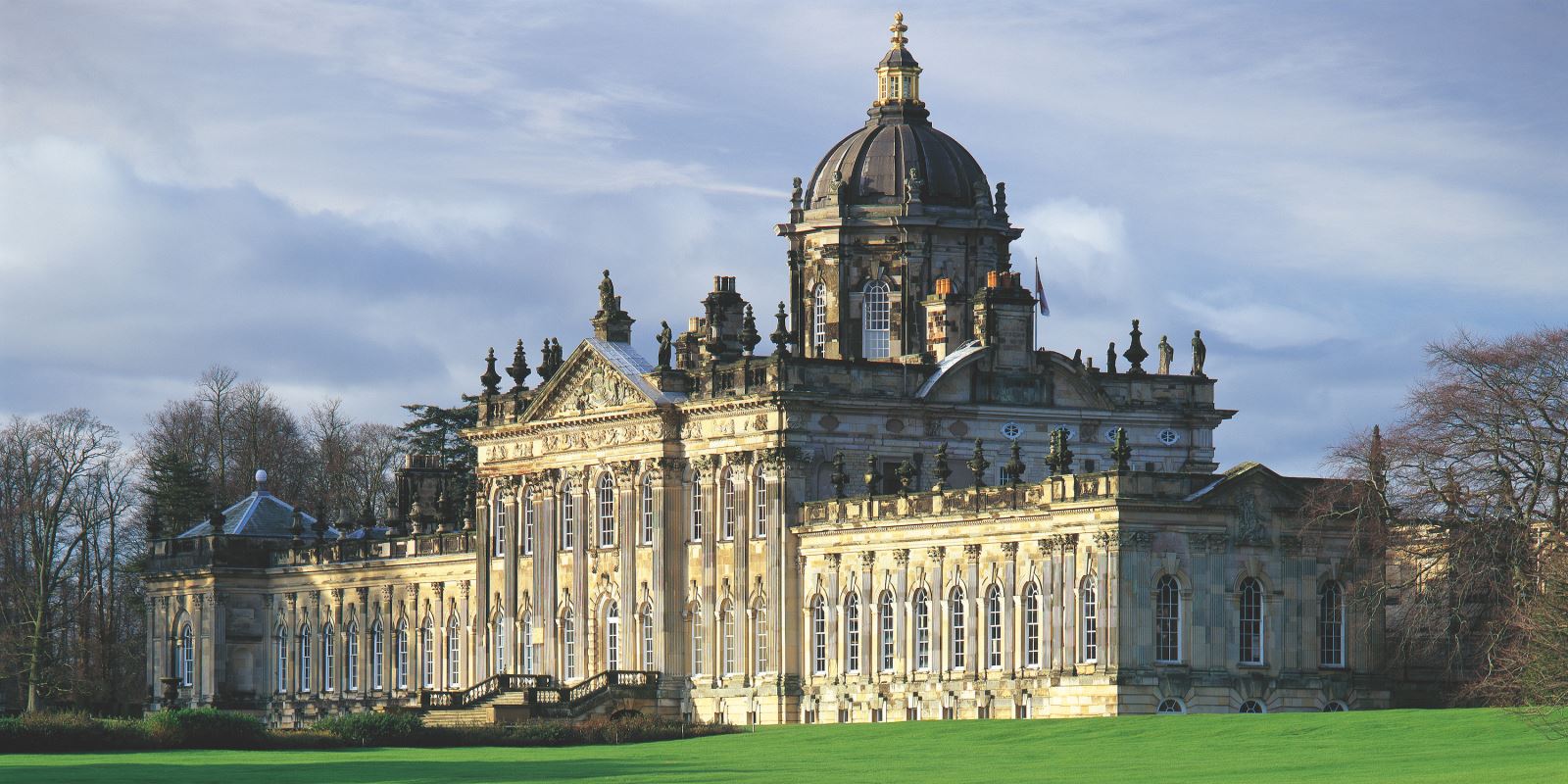
Rosalind, Countess of Carlisle (1845-1921) is better remembered for her enthusiasm for the temperance cause than as a suffragist. She had grown up in a campaigning family, her mother, Lady Stanley of Alderley, fought for women’s education (but against suffrage). A mutual dislike of drink brought ‘Radical Rosalind’ and George Howard, Earl of Carlisle together; he was a painter and she undertook the challenging task of running the estate at his home, Castle Howard. She was a powerful personality who closed pubs and demanded abstinence from that her tenants at Castle Howard while managing to fall out with most of the members of her immediate family including her husband. As a member and then Chairman of the Women’s Liberal Federation, she actively espoused the cause of women’s suffrage but remained opposed to the violent campaign developed by the WSPU, choosing instead to exert her influence on her friends and relatives in the Liberal party in parliament.
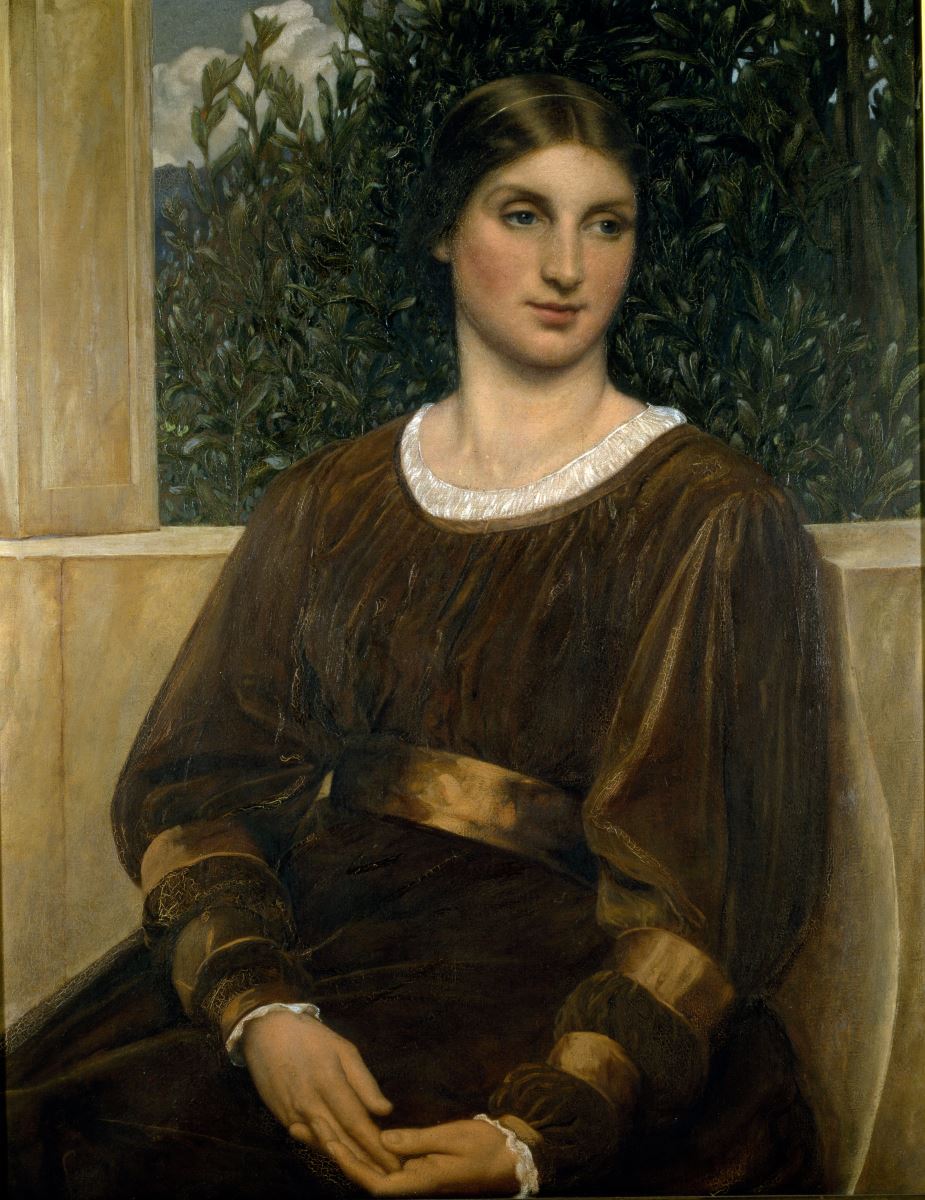
Cliveden NT, Buckinghamshire
Nancy, Viscountess Astor (1879 – 1964) was Britain’s first female member of Parliament. She stood for her husband’s seat in the House of Commons after he was raised to the House of Lords, entering the house as the member for Plymouth in 1919. The first female MP elected to Parliament was suffrage campaigner Constance Markievicz but in 1918 she was in prison and, as a member for Sinn Fein, did not take up her seat, so the honour fell to Nancy, despite the fact that she had not been actively associated with the effort to achieve votes for women. Nancy Astor had been born an American but married American exile Waldorf Astor, receiving the Italianate mansion at Cliveden as a wedding gift from her father-in-law. Today Cliveden, managed by the National Trust, is a 5*hotel and the gardens are open to the public. Look out for the statue in the Canadian War Cemetery in the gardens whose face was supposedly modelled on Nancy’s by the sculptor, Bertram Mackennal.

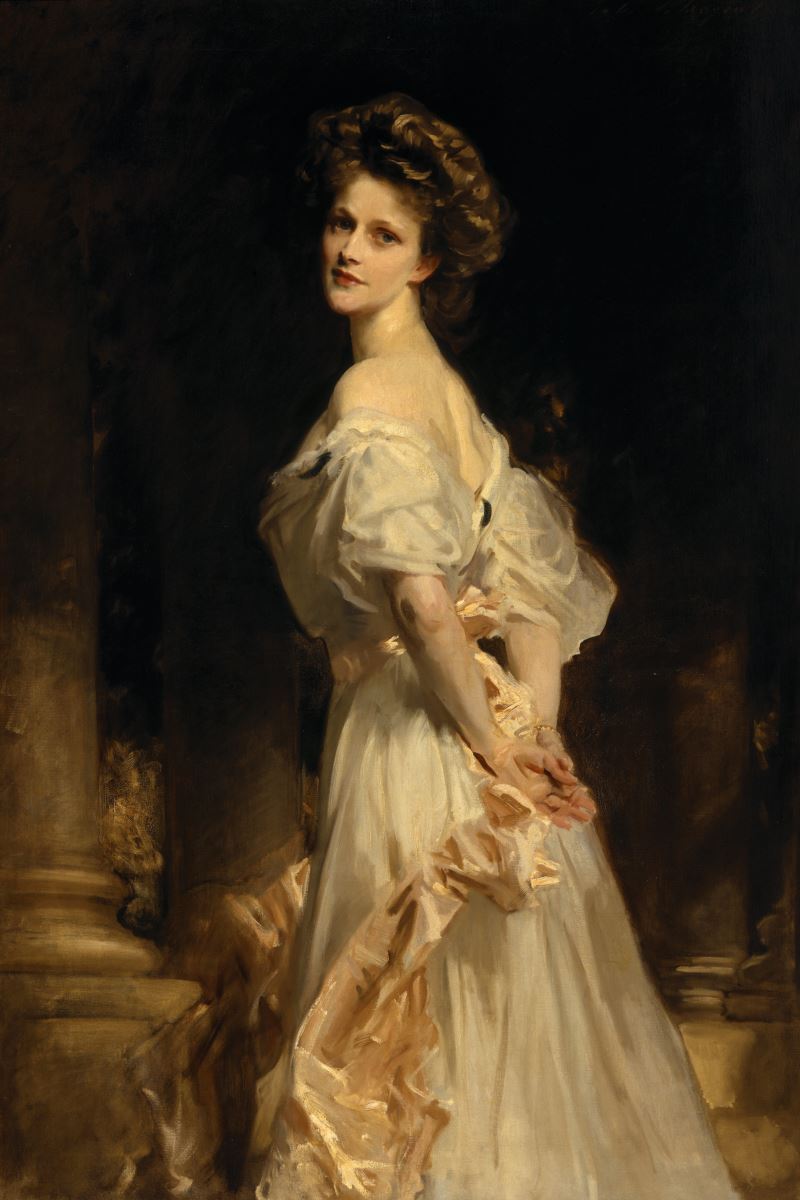
Woburn Abbey, Bedfordshire
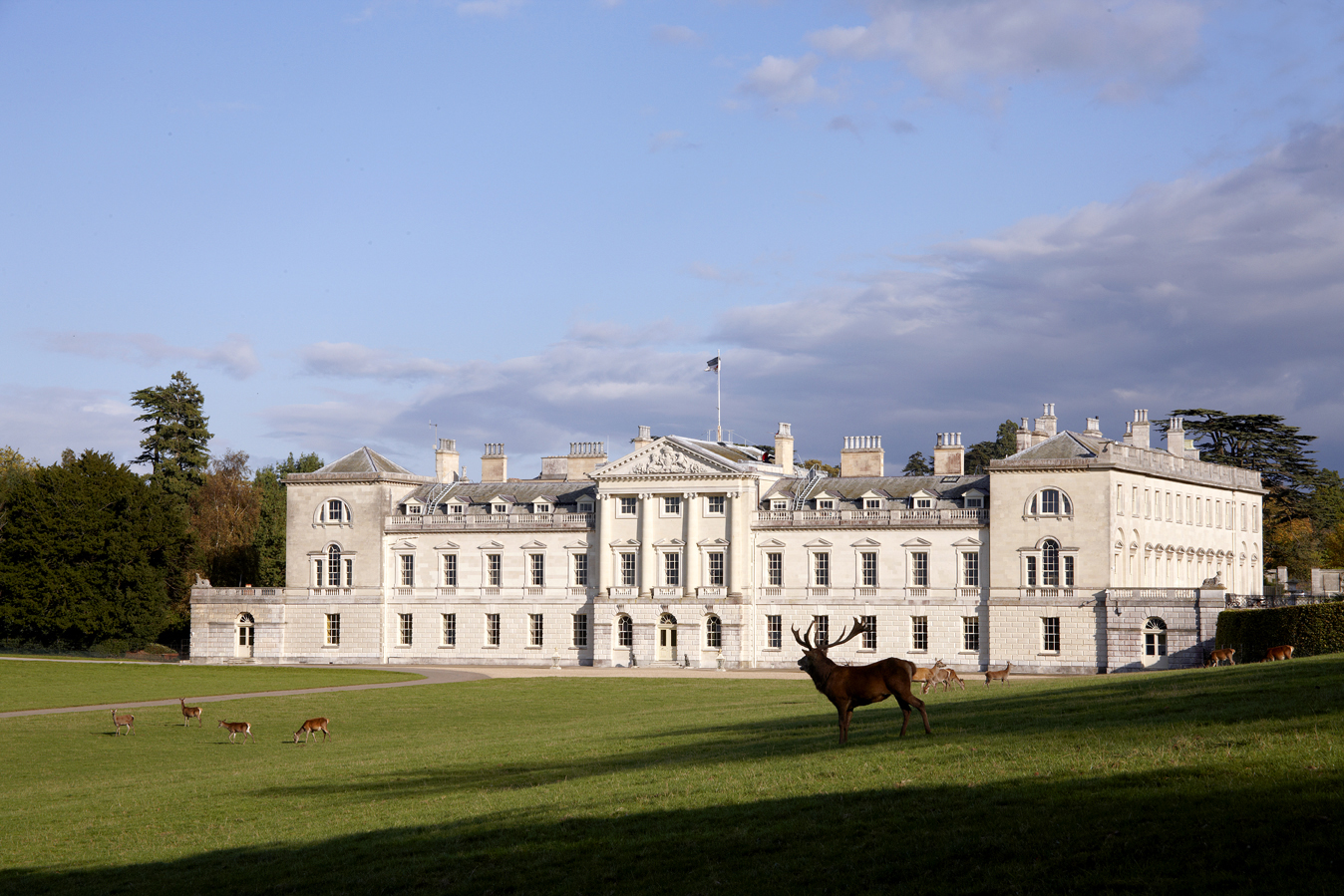
Mary Russell, Duchess of Bedford (1865-1937) was a prominent member of the Women’s Tax Resistance League. The group actively opposed the payment of taxes to the Government without representation for women. Although women did not officially pay tax, since their property was regarded as their husbands’, members of the group had to refuse to tell their husbands the value of their property so that tax could not be levied. Mark Wilks, husband of the Treasurer was jailed for non-payment in a high profile case. The League proved an peaceful way for women to demonstrate the injustices of the voting system and campaign for the franchise. The League was suspended at the outbreak of war in 1914 at which time Mary set about founding a series of hospitals in the grounds of Woburn Abbey. She was also a keen bird watcher and pioneering aviator who was killed at the age of 71 when her plane was lost over the North Sea.

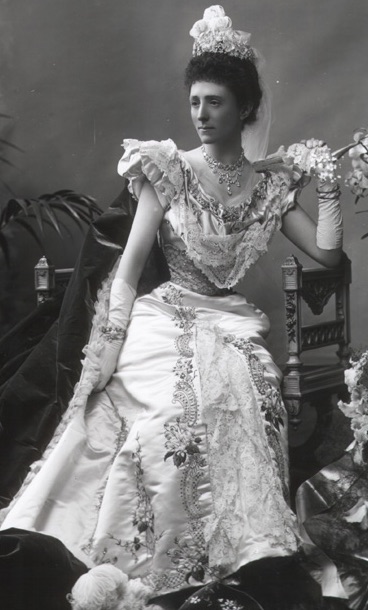
Inveraray Castle, Argyllshire

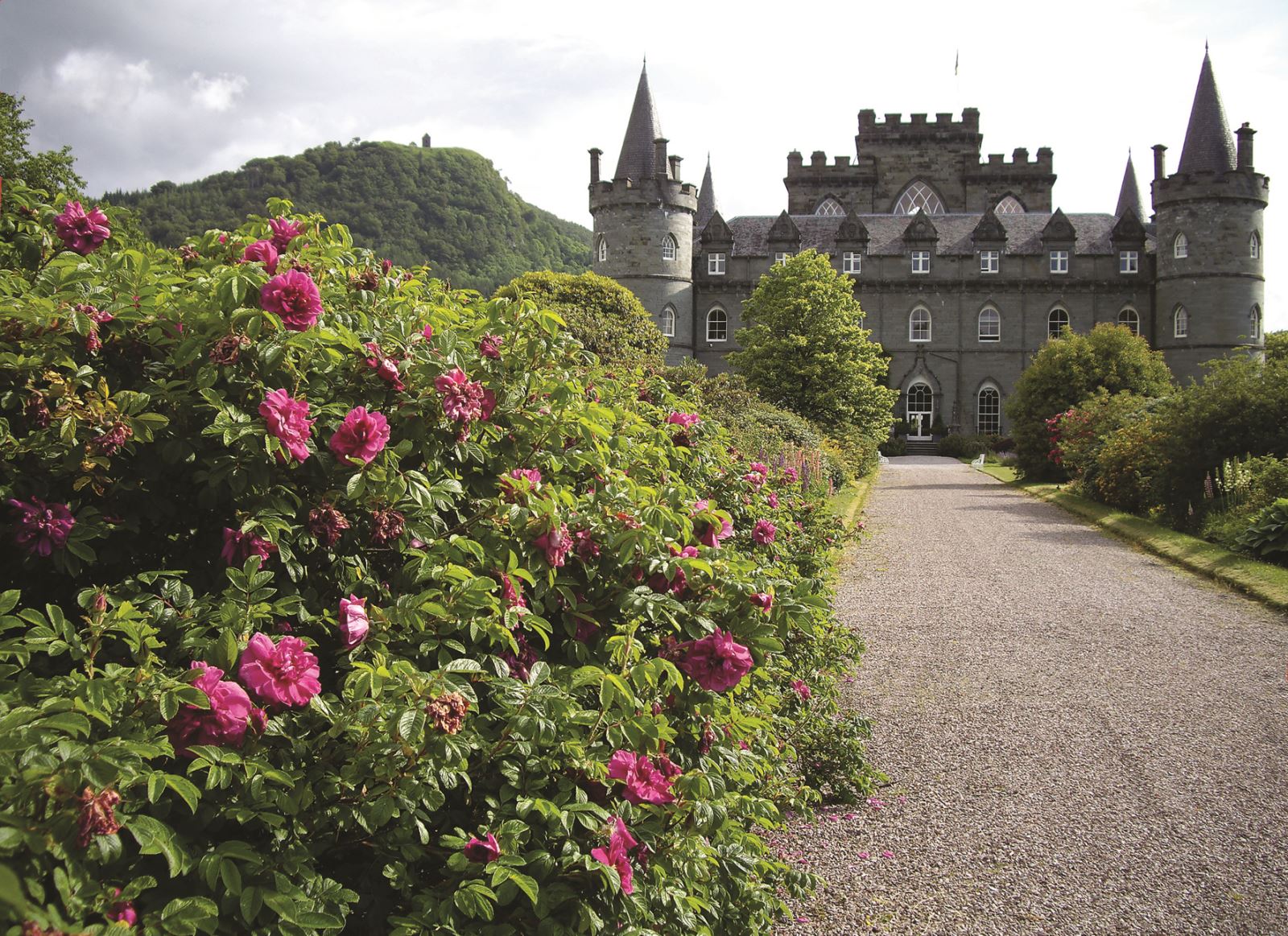
Lady Frances Balfour (1858-1931) was the tenth child of British Liberal politician and Scottish peer George Douglas Campbell, 8th Duke of Argyll. The family lived in London to be on hand for the Duke’s political career, where he served in successive Governments, but the family seat was at Inveraray Castle. A committed Liberal all her life, she became gradually estranged from her politically-opposed husband, Eustace Balfour, whose family included two Conservative Prime Ministers, Lord Salisbury and Arthur Balfour. Lady Frances was an active campaigner for women’s suffrage and was President of the National Society for Women’s Suffrage from 1896 until 1914. The Society was the first national group founded to fight for votes for women in 1867 after the Second Reform Bill failed to extend the franchise to women. Their campaign was non-violent and opposed the tactics of the WSPU and she remains an important figure in the suffrage movement.
.jpg_tmp.jpg)
In this picture, Lady Frances (third from right) uses silver salmon fastenings on her coat, still used as a symbol of decent from the ancient Kings of Ireland by the Duke of Argyll today copyright LSE
Related
Comments
Comments are disabled for this post.

.png)


 to add an item to your Itinerary basket.
to add an item to your Itinerary basket.


(1).jpg)


